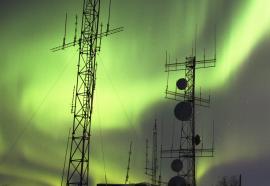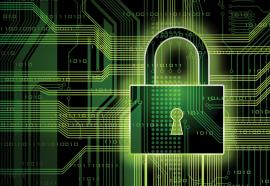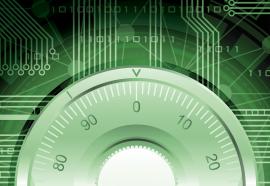Sun Damage
Geomagnetic storms and the limits of human experience.
On April 30, FERC held a technical conference to review scientific claims and policy arguments about geomagnetic disturbances, known as GMD—how some say that a once-in-a-century solar storm could induce a power surge on the interstate grid so destructive as to cook and fry as many 300 extra-high-voltage transformers, plunging much of the nation into a blackout lasting months or even years. Some researchers even harbor fears that GMDs could end life as we know it.










